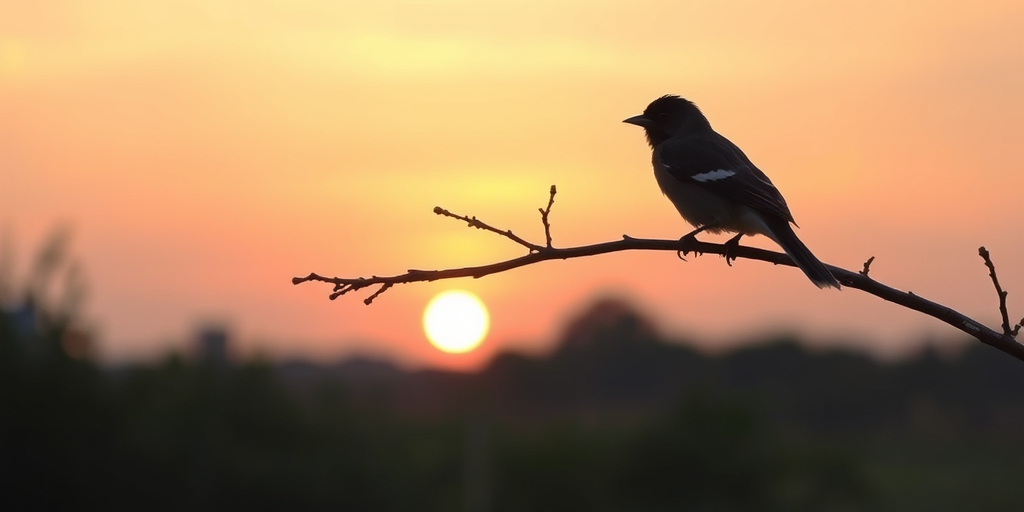Have you ever considered that meticulous field recordings could sharpen your bird identification skills? Bird journaling marries scientific precision with creative recording, elevating daily observations into a structured, enriching practice. Emulating early field observers like a young enthusiast at eight years old, beginners are encouraged to capture essential details—from weather conditions to species behavior. This comprehensive approach not only refines observational techniques but also cultivates a meaningful connection with nature. The ensuing guide offers actionable insights and practical tips for establishing a reliable avian diary.
Selecting Tools and Supplies for Your Bird Journal for Daily Observations
Practical bird journaling requires choosing a suite of tools that facilitate both detailed observations and artistic recording. Experienced birders recommend utilizing a dedicated notebook or sketch pad that features large rings, allowing for effortless page turning during field activities. Selecting a journal that withstands variable environmental conditions is crucial, as longevity in outdoor use supports consistent data collection.
For written and artistic documentation, mechanical pencils offer reliable line quality without distraction from frequent sharpening. Colored pencils and watercolors provide options to capture nuances in plumage and environmental hues. Meanwhile, optional erasers contribute to refining initial sketches and correcting rapid notes in diverse lighting conditions. Integrative digital tools, such as smartphone applications and audio recorders, supplement traditional mediums by capturing geolocation data and subtle bird calls, respectively. This hybrid approach merges tactile engagement with modern technological support, thereby expanding the precision of field entries.
- Notebook or sketch pad with large rings for smooth page turning: supports durable, organized record keeping
- Mechanical pencil: delivers consistent, clear lines for drafting intricate details
- Colored pencils and watercolors: enable detailed, expressive depictions of plumage and environment
- Smartphone apps and audio recorders: augment traditional records with digital data capture and precise location tagging
Practical advice from seasoned observers emphasizes acquiring supplies that offer a balance between simplicity and functional versatility. Buyers should consider materials that resist wear due to frequent handling and exposure to varying weather conditions. Selecting appropriate tools not only enhances the accuracy of field observations but also encourages sustained engagement with bird journaling, thereby fostering a rigorous and adaptable methodology for daily avian documentation.
Documenting Daily Observations in Your Bird Journal

Recording detailed observations requires a structured approach that combines written notes, quick gesture sketches, and digital entries. Observers benefit from actively noting flight behavior, color patterns, and environmental conditions. A quick sketch, such as one made in 45 seconds for a Red-tailed Hawk, lays the groundwork for later in-depth descriptions added within two minutes. Accurate documentation enhances species tracking and provides a regular natural memo technique that evolves with each entry.
To create an entry that captures essential details, follow this step-by-step process:
- Start with a rapid gesture sketch to capture the bird’s posture and outline. This brief drawing serves as an immediate visual record.
- Write concise text notes that describe specific behaviors such as flight patterns, feeding activity, and interactions with other species.
- Record distinct color patterns and physical characteristics. Compare these to previous entries to track subtle changes over time.
- Log location details and habitat conditions, including weather metrics collected either manually or via digital tools.
- Utilize smartphone applications or audio recorders to capture supplemental data, such as ambient sounds or geotag coordinates, that support observational accuracy.
Integrating these techniques allows observers to generate a comprehensive daily record. Clear and precise descriptions combined with quick sketches create layered documentation that enriches future analysis. Each entry builds on previous observations to form an evolving record of local avian activity. This systematic process emphasizes precision and consistency, enabling detailed species tracking while facilitating later review and comparison of behavioral patterns in varied environmental settings. By implementing these practical steps, bird journals capture both fleeting moments and complex details, contributing effectively to an ongoing record of natural observations.
Final Words
In the action of recording experiences, every entry transforms into a vivid snapshot that captures a moment in time.
The article dissected the process from selecting supplies and setting up layouts to penning daily observations methodically.
It provided insights on maintaining a refined, evolving practice that celebrates both scientific detail and artistic expression.
This approach serves as a trusted guide on How to Start a Bird Journal for Daily Observations, inspiring readers to continuously document their feathered encounters.
A positive outlook sparks creativity and persistence in the realm of bird journaling.
FAQ
Q: How do I create an effective bird journal entry?
A: A bird journal entry should include the date, time, location, weather conditions, species observed, and behavioral notes. Organize information systematically using dedicated sections for each observation component.
Q: What essential supplies do I need for bird journaling?
A: Basic supplies include a weatherproof notebook, mechanical pencils, colored pencils for field marks, and a small ruler. Optional items include watercolors and a portable audio recorder.
Q: How should I record bird behavior observations?
A: Document specific actions like feeding patterns, flight characteristics, vocalizations, and interactions with other birds. Include quick sketches to capture distinctive movements or postures.
Q: What method works best for tracking multiple bird species?
A: Create separate entries for each species, noting time of observation, quantity, and location within the habitat. Use consistent abbreviations and symbols for efficient documentation.
Q: What clothing choices are appropriate for bird watching?
A: Wear neutral earth tones and muted colors. Avoid bright colors, whites, or reflective materials that might startle birds. Choose quiet, non-rustling fabrics.
Q: How can I maintain regular journaling habits?
A: Set specific observation times, carry your journal consistently, and document observations immediately. Start with brief entries and gradually expand detail as your skills develop.
Q: What identification details should I record?
A: Note distinctive physical features, size comparisons, field marks, beak shape, and tail characteristics. Include reference sketches highlighting key identification markers.


